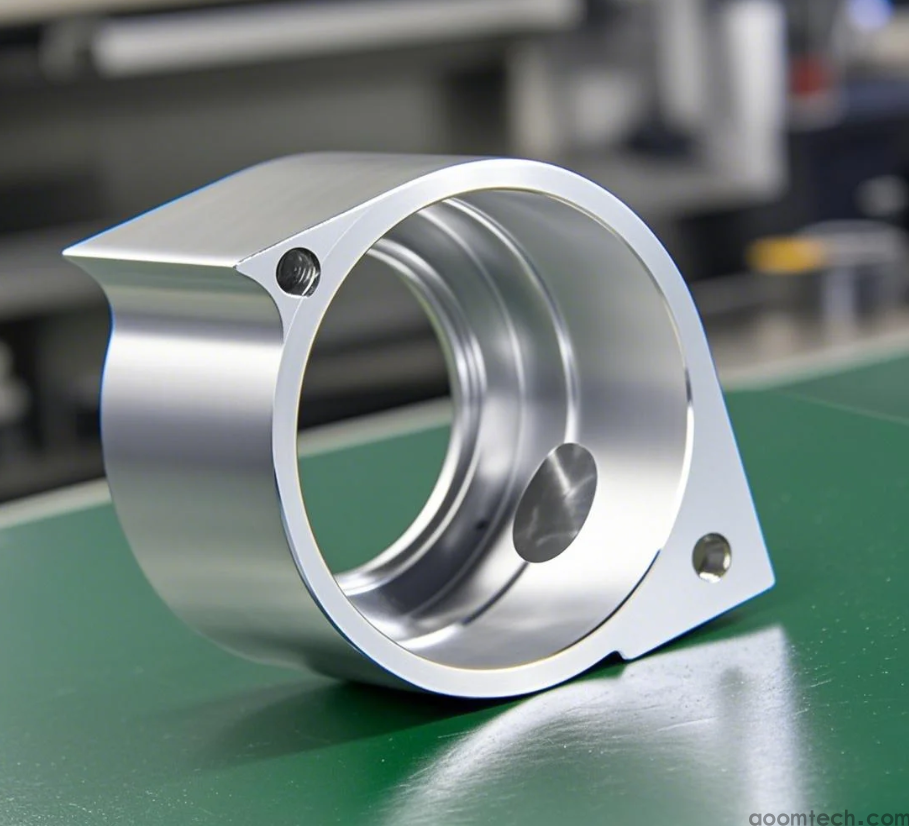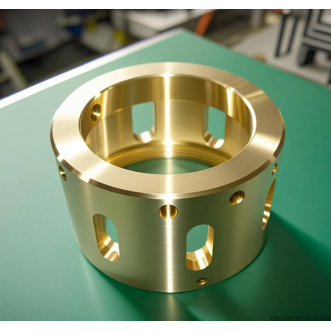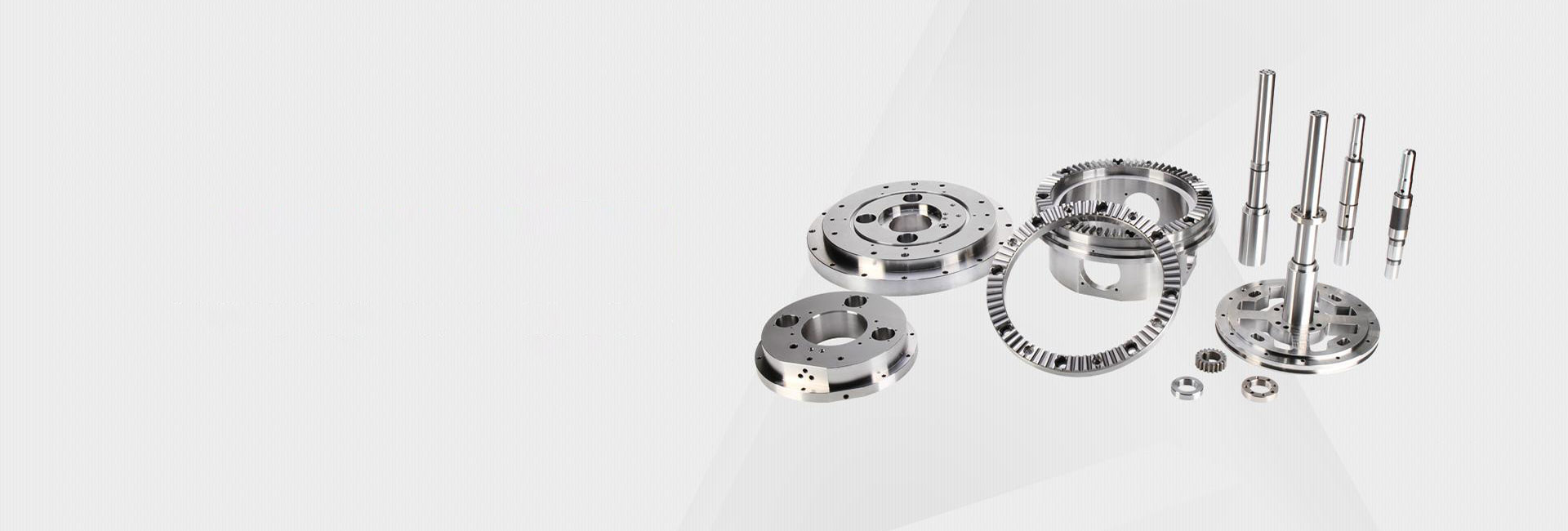كيفية منع المواد اللينة من التزييف في التصنيع باستخدام الحاسب الآلي: دليل عملي
من أي وقت مضى قضى ساعات في تصميم الجزء المثالي من البلاستيك اللين ، فقط لرؤيته يخرج من آلة CNC مشوه أو منحني أو فقط... خاطئ - ظلم - يظلم ؟ 😫 لست وحدك. هذا الضياع المحبط للوقت والمواد هو الصداع الأول عند تصنيع المواد اللينة مثل النايلون أو الدلرين أو حتى بعض المعادن اللينة. ولكن ماذا لو كان بإمكانك القضاء عليه تقريبًا ؟ دعنا نتحدث عن الخطوات الحقيقية والعملية التي يمكنك اتخاذها للحفاظ على الأجزاء اللينة مسطحة ودقيقة.

لماذا تشوه المواد الناعمة أثناء التصنيع باستخدام الحاسب الآلي ؟
أول الأشياء أولاً ، يجب أن تفهم العدو. الالتواء ليس سحرًا. عادة ما يكون حول stress and heat. Think of the material like a piece of clay. When you cut into it, you're releasing internal stresses, and the tool generates heat. This combination makes the material want to move and reshape itself. It’s like the material is sighing in relief after being held tight for so long, but in a way that ruins your part. While this proves heat is a major factor, the material's own internal structure plays a huge role too.
أفضل 5 طرق للحفاظ على الأجزاء الناعمة مسطحة
حسنًا ، دعنا نصل إلى الحلول. لا يتعلق الأمر بخدعة سحرية واحدة ، بل مزيج من العادات الجيدة.
1. ترويض الحرارة مع أدوات حادة والأعلاف الذكية
هذه هي القاعدة رقم واحد. أداة مملة تدلك بدلاً من الجروح ، وتولد حرارة هائلة. استخدم دائما razor-sharp tools specifically designed for plastics or soft materials. Then, play with your speed and feed settings. Sometimes, a faster cut spends less time heating the material. Other times, a slower, steadier cut is better. You'll need to test a bit.
2. إتقان فن عقد العمل
كيف تمسك الجزء هو كل شيء. إذا قمت بتثبيته بشدة ، فأنت تضغط عليه قبل أن تبدأ في القطع. عندما تحرر المشابك ، pop! – it springs back. Vacuum tables are fantastic because they distribute force evenly. If you're using clamps, be gentle and strategic about their placement.
3. اختيار "تسلق الطحن" مقابل "الطحن التقليدي"
بالنسبة لمعظم المواد اللينة ، climb milling is your friend. In this style, the cutting tooth enters the material at its thickest point and exits at the thin, finished surface. This can help reduce heat and gives a cleaner finish. Conventional milling does the opposite and can sometimes lift the part, encouraging warping.
4. لا تكن بطلاً: خذ عدة تصاريح ضوئية
محاولة إزالة جميع المواد في قطع بطولي عميق واحد هي طريقة مؤكدة لتراكم الحرارة والإجهاد. بدلا من ذلك ، خذ multiple lighter passes. This gives the material a chance to cool slightly and reduces the overall force acting on it. It's slower, but you'll actually finish the job with a part that's usable.
5. دعها تبرد واسترخي (تخفيف التوتر!)
في بعض الأحيان ، تتعرض المادة نفسها لضغوط داخلية من كيفية صنعها. إذا كنت تعمل مع مشاغب معروف ، فيمكنك المحاولة annealing it yourself before machining. This is basically a controlled heating and cooling process to relax the material. It's an extra step, but for critical parts, it can be a game-changer. However, this might not be practical for every project.

رأيي الشخصي: إنه حوار مع المادة
بعد سنوات من القيام بذلك ، توقفت عن رؤيته على أنه مجرد إعطاء أوامر لجهاز. إنه أشبه بـ dialogue with the material. You make a cut, you see how it responds. You adjust. The goal isn't to force the material into submission, but to guide it gently to its final shape. Paying attention to the sound of the cut, the look of the chips, and even the smell can tell you a lot about whether you're winning the war on warping.
لذلك ، في حين أن الخطوات الفنية المذكورة أعلاه هي خارطة الطريق الخاصة بك ، لا تنس الاستماع. قد تكون هذه أقوى أداة في ورشة العمل الخاصة بك.
تكافح مع مادة معينة أو جزء معقد للغاية ؟ في بعض الأحيان تحتاج إلى رأي ثان. Our technical team is ready to help you troubleshoot your design and machining strategy. 👉 [Contact Our Experts Today]

 دليل عملي لتصنيع الآلات الصغيرة باستخدام الحاسب الآلي: التكل
دليل عملي لتصنيع الآلات الصغيرة باستخدام الحاسب الآلي: التكل
 الدقة التصنيع باستخدام الحاسب الآلي لقطع النحاس الكبيرة: دلي
الدقة التصنيع باستخدام الحاسب الآلي لقطع النحاس الكبيرة: دلي
 ما التسامح يمكنك تحقيق مع نك النحاس بالقطع ؟ دليل عملي
ما التسامح يمكنك تحقيق مع نك النحاس بالقطع ؟ دليل عملي
 ما الذي تبحث عنه في مركز تصنيع CNC كبير لعقد العمل ؟
ما الذي تبحث عنه في مركز تصنيع CNC كبير لعقد العمل ؟


